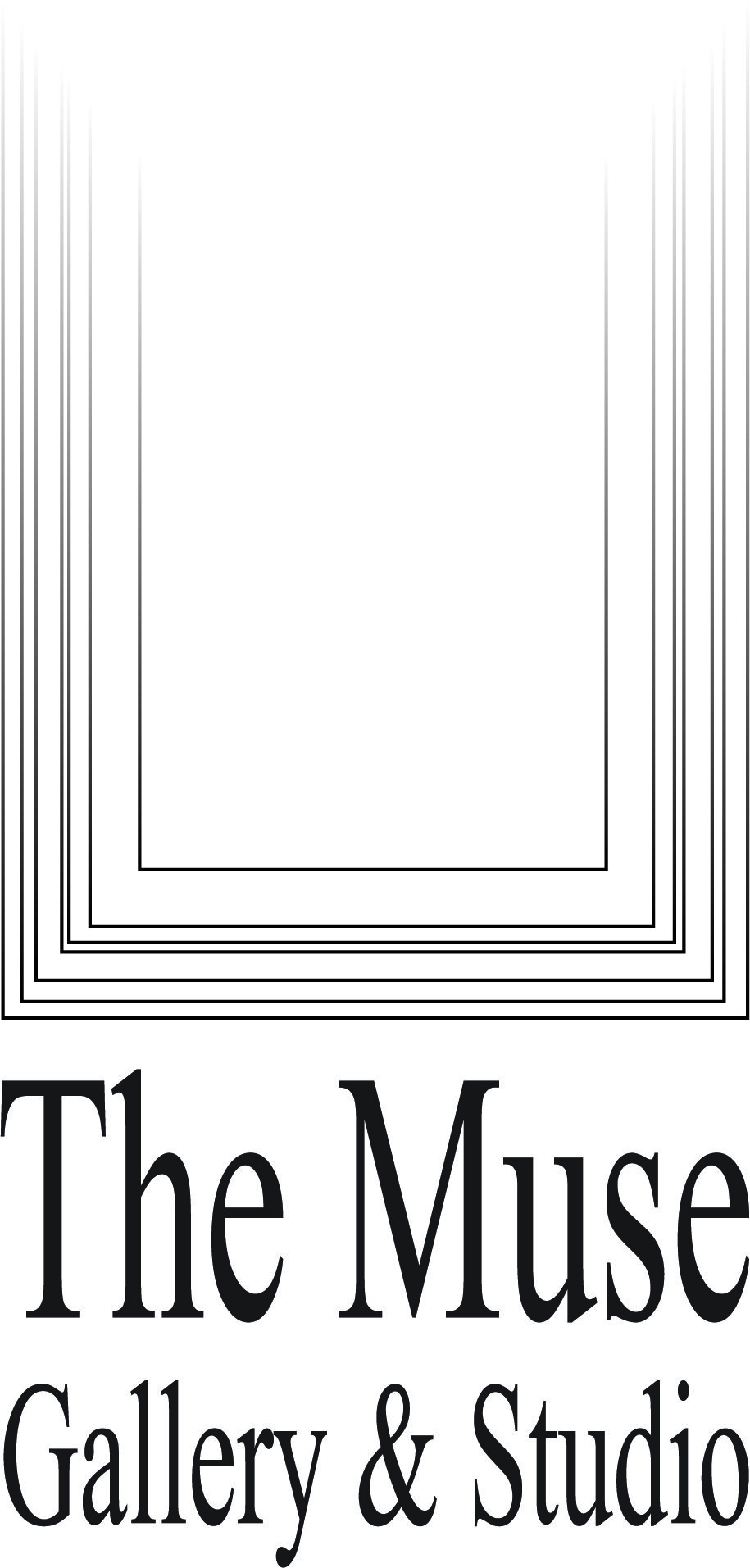Imperfect | Impermanent | Incomplete
The words incomplete, impermanent and imperfect are often used to describe the Japanese Aesthetic of Wabi-Sabi. Exploring the value of transience. The Artist, inspired by the Japanese Tea Ceremony and changes brought about by Sen no Rikyu in the 16th Century, created a new body of work that explores beauty in imperfection across a multitude of media.
Nicholas Cheeseman is an experimental multimedia artist pushing the boundaries of materials, process, and time. His work began with a series of photographs exploring urban architectural spaces; those seen in passing, as he often cycles through the streets of London. Nick uses panoramic photography, primarily on his phone, distorting the images, speed and angle. The photographs warp structures, creating glitches and chaotic imperfections, borders, and transitions. Whilst the images are not digitally manipulated, they appear incomplete; like fragmentations of reality, reflecting alternate perceptions – albeit universal intervention.
Nick draws and paints over photographs as a constructive deconstruction of the medium. Through this process there is an ebb and flow, change and evolution of the work. Nick uses wet media, creating lines and shapes overlayed as elaborate geometrical forms. Every stage of the process obscures the original, the images elusive and just out of reach. Yet within the chaos there is often harmony, an order unique to the mind’s eye of the spectator.
The base photography explores architectural spaces, famous cultural buildings, unassuming residential structures, commercial tower blocks under construction, derelict spaces and religious ruins. The largest and best-preserved English monastic ruins at Castle Acre also became the main inspiration for the larger works. These images led to knitting and sculptures, drawings and paintings, layered to create multi-dimensional effects over and within the photographs – Incomplete, Imperfect, Impermanent.
